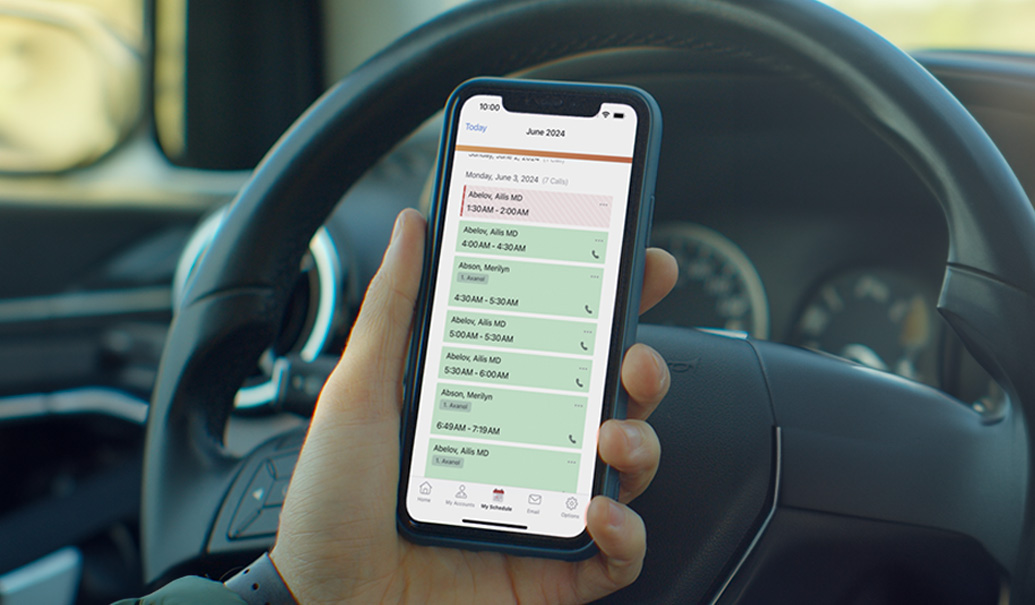This article was first published on June 6, 2022, on the Harvard Business Review website.
Salespeople are not known for rapid change. In fact, infrequent evolution—bordering on rigidity—has been a staple of sales force processes and structures.
At most companies, changes to sales models usually occur because of major events, such as shifts in the product portfolio or market disruption. Between these events, stability is the norm. Yes, salespeople customize their approach and offerings to each customer’s needs, but macro-level sales model elements tend to stay the same. Salespeople are anchored by a repeatable and proven sales process. Territories define salespeople’s customer, product and task assignments, allowing salespeople to develop expertise and build long-term customer relationships. Sales managers, organized in a hierarchical structure, keep performance on track. And territory sales goals linked to incentives seek to energize and guide sales effort.
Yet, meeting the needs of today’s buyers requires more frequent change. Digitally informed buyers move nonlinearly between purchasing steps, choosing when to engage salespeople. Customers expect sales interactions to be tailored to their evolving needs and knowledge. Further, salespeople are part of an ecosystem of digital channels (e.g., chat bots, web content, social media) and sales roles (e.g., sales, success, support). Seller-dictated sales processes and fixed sales structures are incompatible with the fluidity of buying in the digital world. In fact, rigidity leads to missed opportunities.
Already, many inside sales teams (i.e., teams that use video, telephone and digital communication to connect with customers instead of making in-person visits), have challenged stable sales models. One such team that we’ve worked with in our consulting makes phone calls to small businesses to sell financial products. The team discovered that shifting calls to the right time of day tripled the probability of sales and increased profits by 20%. This kind of fluidity is part of the DNA of inside sales teams. They can digitally track customer interactions, predict demand trends and learn what works. Then accordingly, they can scale, restructure or optimize roles without worrying about travel time or relocating salespeople. Additionally, inside salespeople are accustomed to taking direction from screen prompts and adapting conversations to customer needs in real time.
For field sales, transitioning to a fluid sales model requires a shift in mindset. Instead of managing by “command and control” dictated by organizational priorities, the new model is driven by customer needs. Organizations routinely use personalized content, messaging and communication channels for each customer. But operationalizing fluidity at a macro level is difficult. The need for agility collides with the existing rigidity of sales processes, territories, management structures and incentives.
Four priorities help organizations evolve.
- Centrally track where customers are and anticipate where they are going. Most organizations have a general understanding of typical customer buying journeys. But challenges remain in integrating data from multiple sources, synthesizing insights on where each customer is in their journey and creating a forward echo of customer needs. Closing the gap requires digitalizing customer interactions, turning disconnected information into institutional knowledge and building intelligent always-on digital capabilities for gleaning real-time insights. Organizations like Microsoft and Intuit have centralized these capabilities in demand centers that identify buying signals, generate a real-time view of the buying journey and each customer’s progress and orchestrate digital and personal outreach to customers.
- Continuously redeploy resources to match customer needs. The fluidity demanded by customers requires organizations to frequently create new roles, adapt existing roles and shift resource allocation. Although organizations routinely deploy differential resources depending on local conditions, it remains challenging to continuously adapt roles and reallocate resources without generating chaos. An agricultural products manufacturer often tailors salespeople’s responsibilities to the company’s level of penetration in the region. But it is difficult to take agility to the next level, for example, by varying roles in real-time if changing weather forecasts affect predicted crop cycles and product demand.
Agile organizations balance continuity and adaptability by designing sales roles that are stable on some dimensions but flexible on others. The structure might include a mix of customer-focused roles and specialized roles. The customer-focused roles serve a fixed set of customers while adapting the tasks performed to customer needs. The specialty roles have looser alignment to specific customers but perform the same task consistently, such as qualification, product demos or pricing. Additionally, role changes are implemented with less disruption by leveraging sales personnel turnover (typically 10%–20% annually). Instead of speedily filling vacant positions, organizations can redeploy resources to areas of greatest impact. - Shift sales team mindset from “closing the sale” to “mining for value.” Salespeople are used to working autonomously, often motivated by pride in closing the deal. In contrast, fluidity in sales roles requires salespeople to function as part of a collective. The change necessitates rethinking sales incentive plans that pay for individual topline performance, while reducing the role of incentives and motivating and directing the sales teams.
As customers interact with more channels and roles, measuring each salesperson’s impact on outcomes becomes complex. Consequently, the emphasis shifts from incentivizing individual results to providing intrinsic rewards and creating an environment promoting teamwork, collaboration and value to customers. A large pharmaceutical company is responding to evolving customer engagement by adopting team-based selling while reducing reliance on incentives linked to individual financial achievement. Instead, salespeople are rewarded for achieving a combination of team goals and individual goals (e.g., management by objective, metrics for sales process progress, collaboration and customer satisfaction). - Support agile decision making to drive growth. It’s challenging for leaders to make changes in a timely manner while also assuring the right answer. Ongoing experimentation creates insights for balancing the speed and quality of decision-making. By trying out new concepts on a small scale, organizations can see what works before making broad changes. A technology company introduced various types of technical sales specialists in select territories, then monitored key performance indicators to measure the impact on sales velocity. Many organizations are wary of experimenting, especially when changes directly affect customers. The technology company overcame this reluctance by creating a new role to focus on experimentation and learning.
These four priorities encourage the organization-wide transparency, collaboration and continuous learning needed to make the fluid sales model work. Sales teams are willing to share information not only to further a specific deal or opportunity, but also to benefit the broader organization. Success is measured both by top line performance and by customer value and teamwork.
Add insights to your inbox
We’ll send you content you’ll want to read – and put to use.

















